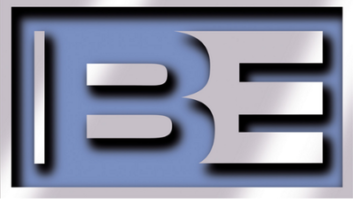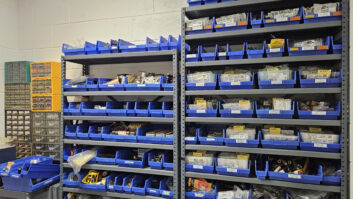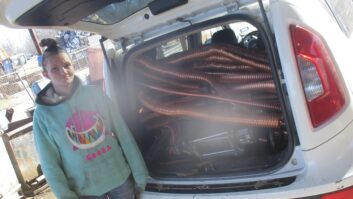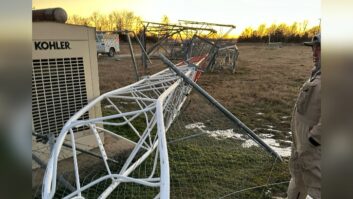QUINCY, Ill. — Staradio Group is located in the seat of transmitter manufacturing country, Quincy, Ill. So when we went in search of a new low-power FM transmitter for our station in Diamond, we didn’t have to go far.
We checked out all the low-power FM transmitters on the market, and chose Broadcast Electrons’ STX LP for our classic rocker WYKT(FM), which is licensed to nearby Wilmington, with the transmitter in Diamond.

The station had been due to get a new transmitter for some time. We had resorted back to an older tube 3 kW transmitter after a 2 kW solid-state FM purchased proved problematic. We were changing out tubes to the tune of $1,500 every 12 to 15 months. But with the opportunity to move to a nearby cellular building on the same tower site as our existing transmitter building, our contract engineer, Don Kerouac with Midwest Broadcast Services, and I decided the time was right to move up to a new transmitter as well.
Considerations
Transmitter size and cost topped our list of considerations. Don is a huge fan of BE transmitters, and I’ve had success with the company’s studio automation and high-powered transmitter line.
We decided to take a closer look at BE’s newest, the STX LP solid-state transmitter. At just 13 RUs, the 3 kW version was sized well below competing models, important for our site. Our new landlord has a 12-by-20-foot building at the tower site that he rents out to various companies. We had just 8 x 3 feet to work with, and that had to hold our new transmitter plus backup transmitter. The STX LP 3 kW and our backup 2.5 kW transmitter barely fit into the space.
It helped that the STX LP included an internal FM exciter and backup controller, another space- and budget-saver. I also liked the fact that this transmitter has remote control through IP connectivity. I manage eight stations for Staradio throughout Illinois and Missouri and I like to have online access to transmitter readings and control at all times.
I didn’t think twice about the STX LP being fairly new in the world of transmitters. I don’t mind trying new products, as long as I know the manufacturer. Given our experience with BE, we were confident that we would get quality customer service when we needed it.
I ordered our STX LP 3kW transmitter rack-mounted. When it arrived, I was impressed at how compact the system was: the main STX LP 1 kW unit, two 1 kW amplifiers, a combiner, AC power panel and a box with the cables. I was able to pick it up (it wasn’t heavy at all) and move it easily into place.
Before the transmitter arrived, we’d plumbed the site. We pulled the 1-5/8-inch line from the old building and ran it to our new transmitter site. It took a matter of minutes to slide the transmitter rack in place and plug in the power. I asked BE to configure it so that when we slid it into place in the new building, I could plug in the power and go.
For setup, I was glad to see that there was enough room on either side of the transmitter to work, and with the STX being pretty much software monitoring, it was easy to know what was going on with it. We had it running in no time. I kept noticing throughout installation how software-controlled this transmitter is. Outputs of the amplifiers connected to the combiner with N-connector cables. Overall it was an easy setup.
We’ve had the transmitter on the air since late last year without issue. I routinely log on to my computer, and using the STX LP’s IP connection, check on readings.
Best of all I haven’t had to change one tube since putting this transmitter on-air.
The author is chief engineer of Staradio Corp.
For information, contact Tim Bealor at Broadcast Electronics in Illinois at (217) 224-9600 or visit www.bdcast.com.












